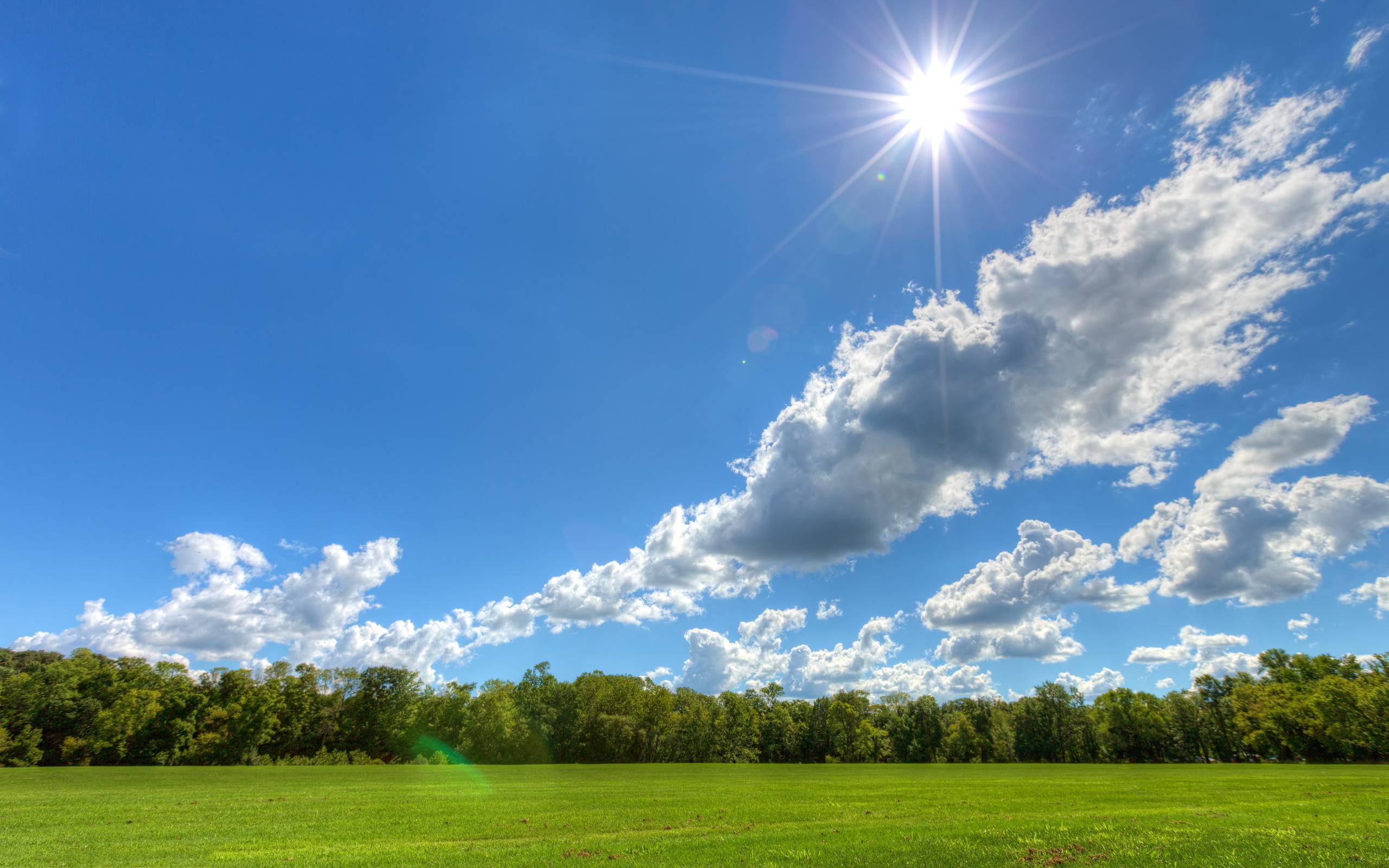When you purchase through links on our site, we may earn an affiliate commission. Here’s how it works.
Popular in flower gardens and landscapes, daylilies are a common choice for homeowners who want to add color and curb appeal to their yards. These perennials are treasured for good reason; adapting to a wide range of growing conditions and able to withstand diverse climates, daylilies reward gardeners with vibrant blooms all season long.
As the name would suggest, each daylily flower remains open for only one day. The profusion of blooms produced on a single plant make this flower a garden favorite. That’s why a daylily not flowering can be upsetting.
As someone who’s grown daylilies for years, I know how frustrating it can be when these usually reliable bloomers stop flowering. I’ve had my fair share of yellow daylilies refusing to put on their daily show, and through trial and error, I’ve learned exactly what causes this problem and how to fix it
Common Reasons Why Your Yellow Daylilies Aren’t Blooming
1. Insufficient Sunlight
The most common culprit I’ve found is inadequate sunlight. Your yellow daylilies need:
- At least 6 hours of direct sunlight daily
- Unobstructed exposure to morning sun
- Protection from intense afternoon heat in very hot climates
2. Improper Planting Depth
One thing that really surprised me was discovering that planting depth makes a huge difference:
- Crown should be just 1-1.5 inches below soil level
- Deeper planting prevents blooming
- Mulch buildup can gradually bury plants too deep
3. Overcrowding Issues
After a few years, daylilies can become victims of their own success:
- Clumps become too dense
- Plants compete for nutrients
- Flower production decreases
- Smaller blooms or no blooms at all
How to Get Your Yellow Daylilies Blooming Again
Step 1: Check and Adjust Planting Depth
If your daylilies are planted too deep
- Carefully dig around the plant
- Lift the crown to proper height
- Remove excess soil/mulch
- Replant at 1-1.5 inches depth
Step 2: Division and Replanting
When overcrowding is the issue:
- Dig up the entire clump
- Cut foliage to 6 inches
- Separate fans (individual plants)
- Replant with 12-18 inches spacing
- Water thoroughly
Step 3: Proper Care After Division
To ensure success:
- Divide in spring or early fall
- Allow 6-8 weeks before first frost
- Keep soil consistently moist
- Apply 2 inches of mulch
- Use 5-10-10 fertilizer
Prevention Tips for Future Blooms
To keep your yellow daylilies blooming year after year:
- Divide clumps every 3-4 years
- Monitor planting depth when adding mulch
- Remove spent blooms regularly
- Check for tree root competition
- Watch for changes in sun exposure
Environmental Considerations
Different regions face unique challenges
- Northern gardens: Choose cold-hardy varieties
- Southern gardens: Select heat-tolerant types
- Coastal areas: Consider salt tolerance
- Urban settings: Watch for shade from buildings
Common Mistakes to Avoid
I’ve made these mistakes before, learn from my experience:
- Over-fertilizing with high nitrogen
- Dividing too late in season
- Ignoring changing light conditions
- Planting too close to aggressive roots
- Not watering enough during establishment
When to Seek Professional Help
Consider consulting a local garden center if:
- Plants show signs of disease
- Rust appears on foliage
- Multiple remedies haven’t worked
- You’re unsure about variety selection
Final Thoughts
Getting yellow daylilies to bloom again isn’t rocket science, but it does require attention to detail and proper timing. I’ve found that most blooming issues can be resolved with simple adjustments to planting depth, division, or sun exposure. Don’t get discouraged if your first attempt doesn’t work – daylilies are resilient plants that usually bounce back with proper care.
Remember, every garden is different, and what works in one might not work in another. Keep experimenting until you find what works best in your specific situation. With a little patience and care, your yellow daylilies will be putting on their daily show again before you know it!
Would you like me to explain any part of these solutions in more detail?

Why Daylilies Won’t Flower
Finding that there are no blooms on daylilies may be quite alarming for many home gardeners. While the plants themselves can create nice visual interest in flower borders, when daylilies won’t flower, it can be rather disappointing.
If your daylily isn’t blooming, growers should first make certain that they have provided the growing conditions required for the plant to thrive. With the daylily, non-flowering can be a sign of a couple issues. Most commonly, your plant may not be receiving adequate amounts of sunlight in the garden. Plantings in partial shade may struggle to receive enough light to produce consistent blooms.
If bloom has suddenly stopped in an already established planting of daylilies, there may be yet another issue that has caused the plants to cease flowering – overcrowding. As the plants grow and multiply, the daylilies may have to compete for space and nutrients in the soil. This often results in diminished size of the plant, as well as a decrease in the number of flowers that are produced.
Daylilies Finished Blooming? Here’s What to Do | Oakes Daylilies
0
